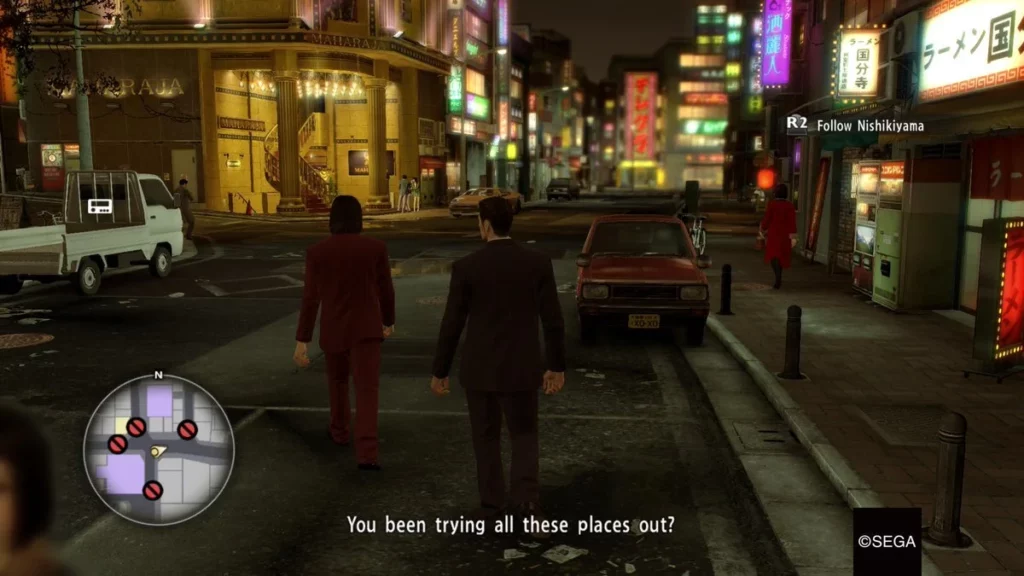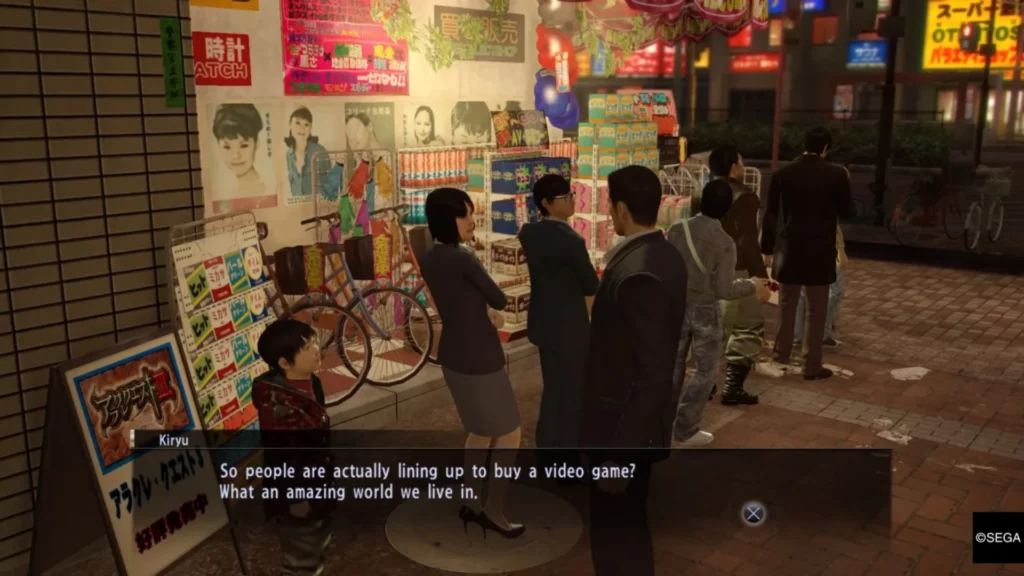Can you guess how many languages are supported in 2022’s Game of the Year winner Elden Ring? It’s a whopping 16, which is huge when you consider the number of gamers who can now explore caves full of giant ants and combat ‘fingercreepers’ – the Elden Ring’s answer to ‘giant spiders’ – in their native language.
Subtitling, voice-over, and dubbing are three tools that we use in localization to enable video games to traverse cultural and language barriers to reach people who may not speak a game’s original language. Now, you’ve most likely encountered all three of these before, but you may not be profoundly aware of the different impacts each has on its audience.
In this three-part blog series, I will define each of them and – using some of my favorite examples from gaming, TV, and film – put ‘audience impact’ under the microscope to give you a better understanding of why a game or film studio may consider using one over the other. In this part, we will look at subtitling.
A Brief History of Subtitling

Back in the 90s and 00s, subtitling was mostly used to aid the hearing-impaired, enabling people who were deaf or hard of hearing to read an abridged version of dialogue for many mainstream TV shows so that they could fully understand what was happening and not miss out. The quality was, at times, quite chaotic but generally effective.
In 2023, our media consumption has evolved. It’s now quite common for those of us who live in English-speaking countries to watch TV series and films in other languages. Squid Game, All Quiet on the Western Front, and Parasite are some great examples of where subtitles have to lead the charge in breaking down language barriers.
And by the way, subtitling is no easy feat. A good rule of thumb is that you know the subtitles have been well-written when you barely notice them at all. The duration a ‘subtitle event’ appears on screen, rules regarding positioning, character-limitation, and, of course, fidelity are just some obstacles that subtitlers contend with. These rules help to minimalize intrusion so that readers are not overloaded with huge quantities of text that awkwardly lingers too long or disappears in a flash.
But what of the ‘audience impact’? As we all will have experienced in our lives, language affects us profoundly. As does its delivery.
The Benefits of Subtitles
Subtitles are extremely good at aiding and preserving the audience’s sense of ‘escapism’ – that feeling when you drift off into the world on your screen or book. This is particularly important when you want your audience to drink in as much of the setting as possible.
A great example is Italian TV series ‘Commissario Montalbano’ (Inspector Montalbano), based on the books written originally in Sicilian by Andrea Camilleri. It’s about a fictional Italian police detective who solves crimes in and around the small town of Vigata, on the beautiful island of Sicily. The episodes each last two hours and they showcase lots of picturesque Sicilian scenery, restaurants, cobbled streets with tiny cars, wine, cannoli, pasta ‘ncasciata’, and just about every seafood dish you can find on the island. After about 20 minutes of watching, you can practically taste the food and feel the warmth of the baking Sicilian sun. The immersion works. It works so, so well.
You very quickly get used to the language too – reading the slick yet efficient subtitles while hearing Montalbano yelling in Italian at his deputies Mimi and Fazio, only to be interrupted by the clumsy Catarella, shouting hurriedly as he bursts through the door. It ties our eyes and our ears together. But now imagine Montalbano speaking English with a strong, Liverpudlian accent. Suddenly, we’d be ‘seeing Sicily’ but ‘hearing Liverpool’. It’s this juxtaposition that would break the audience’s sense of escapism that has arguably been so important to the success of the show outside of Italy.
Subtitles in Video Games
This binding of our eyes and ears is also prominent in video gaming. When creating titles in the Yakuza series, developers crafted in-game areas building-by-building to accurately portray regions of Japan’s cities, such as Tokyo and Osaka in Yakuza 0. Consequently, gamers are immersed in a neon-soaked metropolis’ bathed in Japanese signage and cultural elements. One minute, we’re fighting enemies in the narrow city backstreets, and the next, we’re singing in a karaoke bar or buying Japanese products in a tiny, cramped corner shop.

That’s before we arrive at the cutscenes, which play out like a film or TV series. Suddenly, we’re watching the menacing Futoshi Shimano using chopsticks to eat slices of fugu. His grizzly voice echoes the vibes of the intense, menacing background music. Such is our sense of escapism that we find ourselves identifying the nearest exits while contemplating the life decisions we made to end up in this situation. It’s true immersion.

Why Choose to Subtitle
Now, this doesn’t mean that subtitles are the only way to go. But you choose to subtitle when the audience’s escape into the world you’ve lovingly created (or portrayed) is equally as important as other aspects like gameplay, audio, and visuals if it’s a video game, or acting and script-writing if we’re talking about a TV series or film.
In parts two and three, we will look at voice-overs and dubbing, analyzing their own unique impacts on media. But, for now, it’s time to eat some cannoli!



